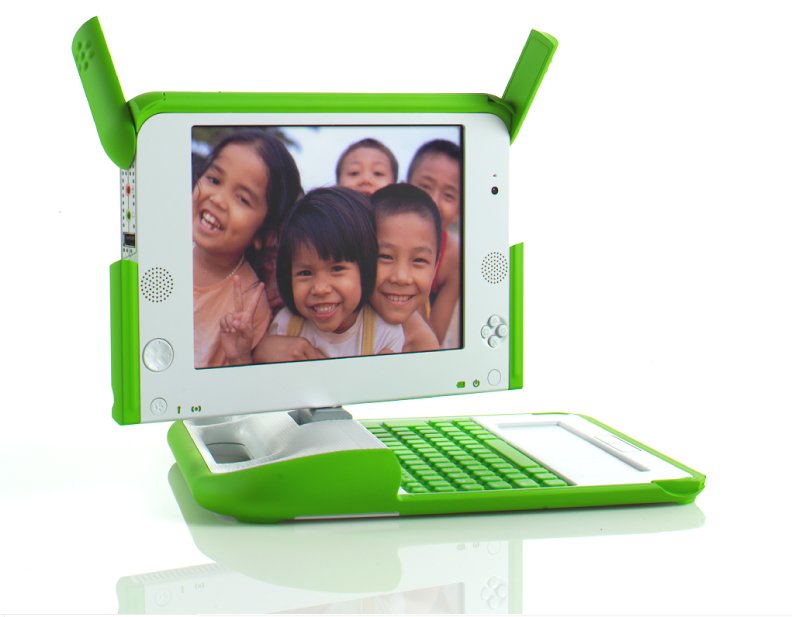Ah, summer: The time we look forward to as the time to work on all those odds-and-ends projects we just can't concentrate on during the semester.
So, here it is, late July, and I'm only now getting around to some things I've been meaning to commit to text about last year, my first as an instructor in the RIT FOSS minor.
I taught HFOSS twice last year, in the evening on Tuesdays and Thursdays to a small class of about a half-dozen; and then in the spring on Mondays, Wednesdays, and Fridays, in the morning, to a class of about a dozen and a half.
A key focus of the course has been what I like to call the MacGuffin of the our pedagogical narrative, the One Laptop Per Child OLPC XO. The XO--an incredibly innovative, small, rugged, learning tool whose design was informed by hand-held games and presaged dedicated ebooks, netbooks and their successor form-factors ( ultrabooks and Chromebooks)--is the development target for the final project of the HFOSS course.
On the software side, the XO's run an interface called Sugar. Much has been written about OLPC, the XOs, and about Sugar. Though the peak of interest in the combination of the three, at least in the US tech industry, has probably passed, XO's are still in the field, and Sugar continues to be developed.
I don't know that I have a lot to add to the larger story right now. I do want to be sure to mention what felt like a little bit of a victory in the second semester. I followed through on an idea not only to have the students target their development project to the XO's we have, but to supplement it by giving each a persistent Sugar on a Stick USB keychain drive.
The minor, the course, and the project are all focussed on the software. While there are some valuable learning opportunities involved in designing to meet specific physical contraints, occasionally the exigencies of working with the XOs can become a distraction. Being able to use the same software with different hardware allows us to abstract out the core of what we're talking about.
Originally, I thought the students might use the Sticks best by dual-booting their own personal laptops or desktops. I was happy to find that the lab machines booted into and ran SoaS pretty well. So, students not only could develop on their SoaS drives on their own hardware, and on the lab machines, but they could also use them in class for group work and for demos.
I got around to booting the instructor's machine in the class from a non-persistent SoaS keychain drive. The classroom machines normally run a Windows build. While it's important for us to be able to meet people "where they are" when helping lead them to a better, practical, working understanding of FOSS, using a Stick on the instructor's machine allowed me better to walk-the-walk of using free software in the course, which has also long been a practical goal. In short, it offers the option better to teach by example.
There's a little bit of a technical story to tell both for the students' use of the drives and for my use of SoaS to run the classroom instructor's computer, each of which I hope to get to soon.
